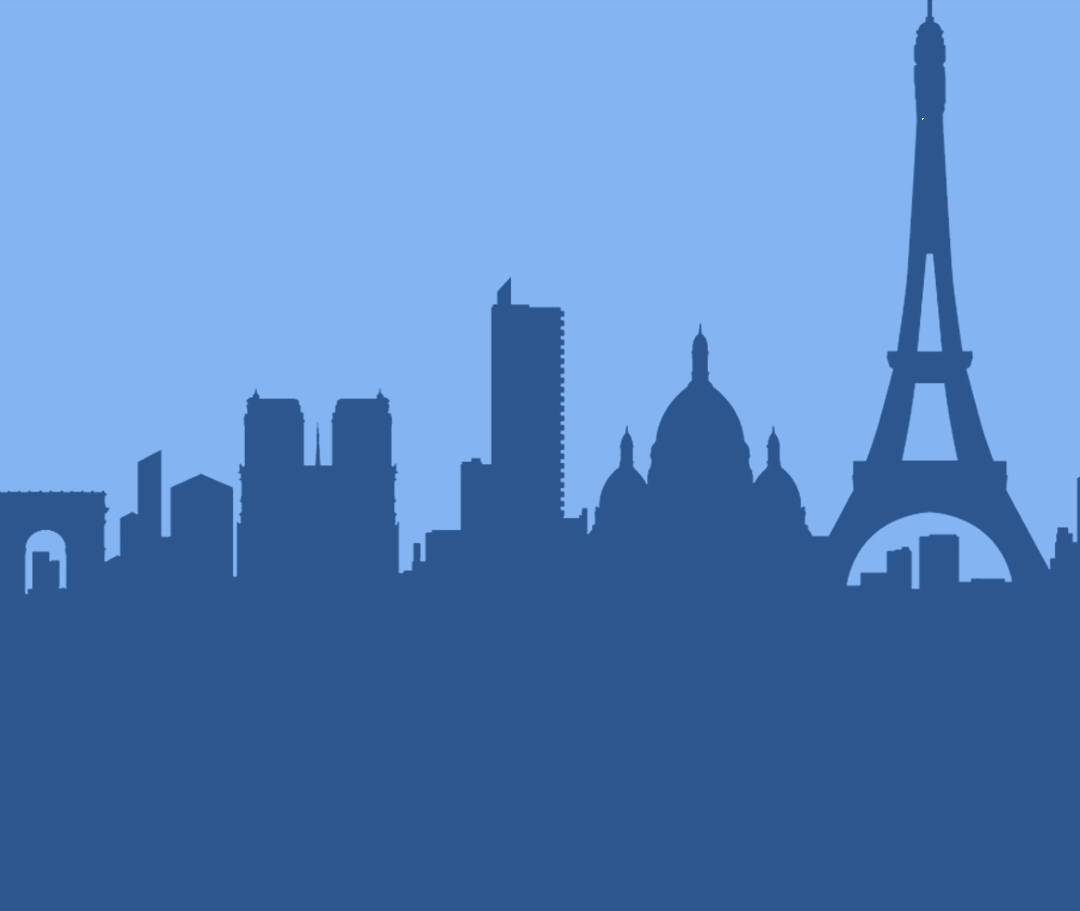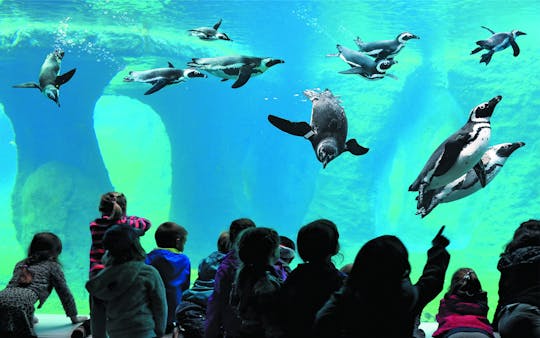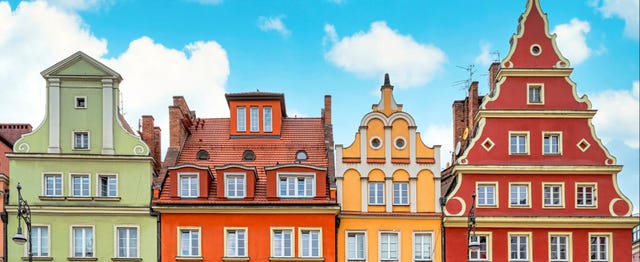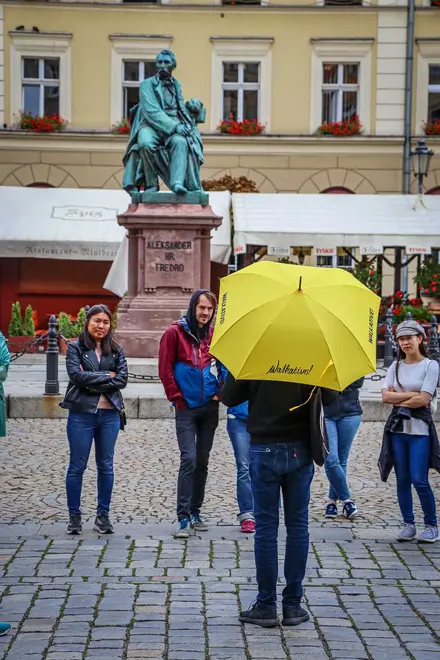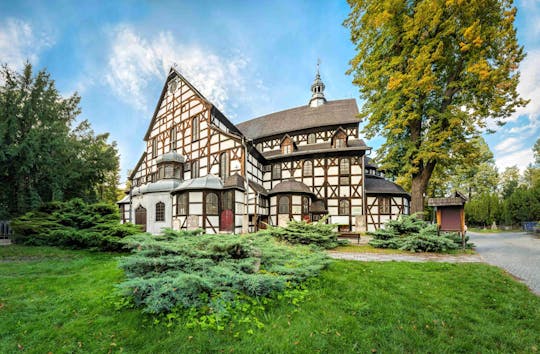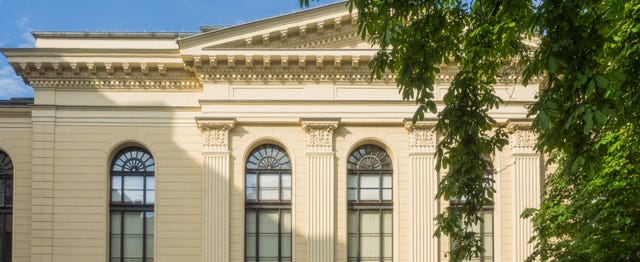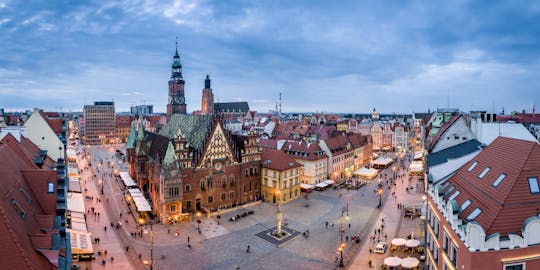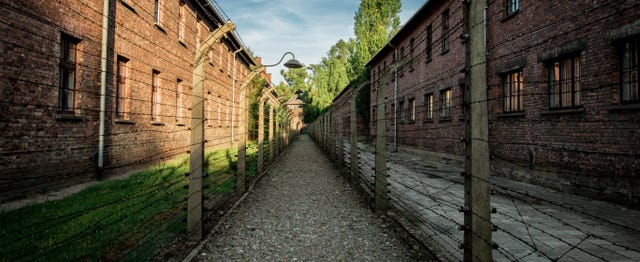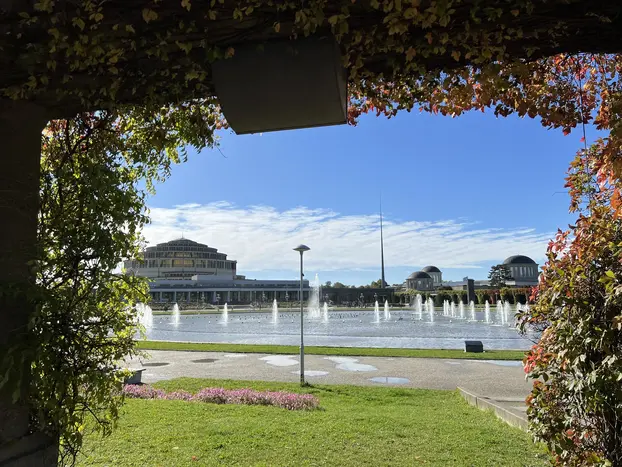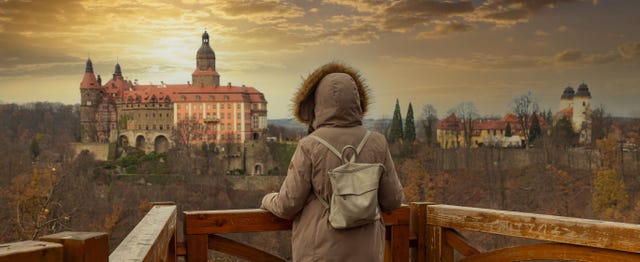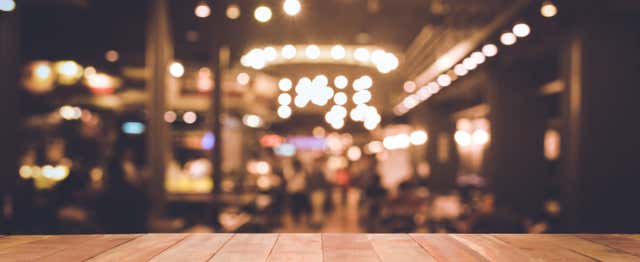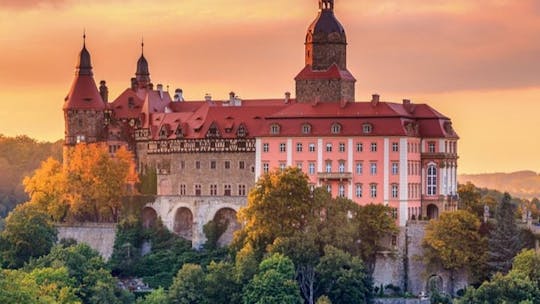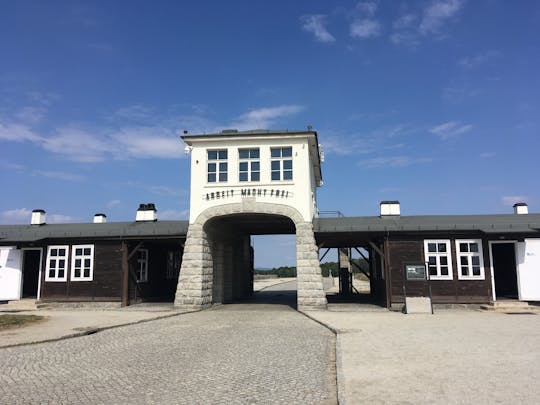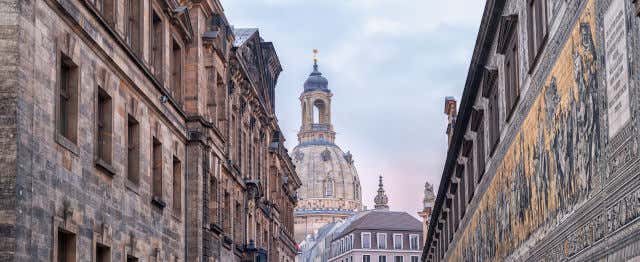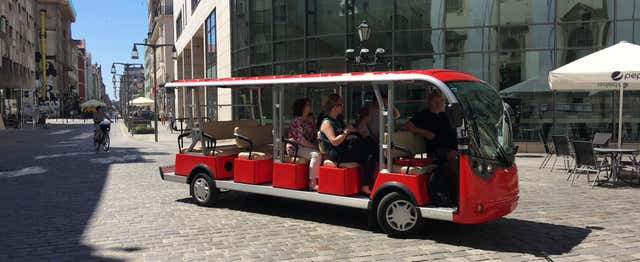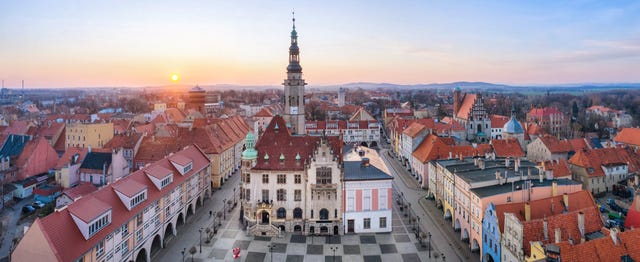Things to Do in Wrocław
• Home to over 14,000 animal residents, Wroclaw Zoo is the largest in Poland and the fourth most species-rich zoo in Europe.
• The Afrykarium, Wroclaw Zoo's crown jewel, is a must-see, showcasing an extraordinary array of African animals in their stunning ecosystems.
• See animals from different corners of the world at its many pavilions and check out explore the world of butterflies at the Terrarium.
• Fun fact: In 2023, Wroclaw Zoo celebrated the birth of 2 precious snow leopard cubs, a critically endangered species facing extinction.
History of Wroclaw is long and complex. To understand it, you need to dive into the past of over 1000 years. The city is called Microcosm by professor Norman Davies due to being a part of different countries and its location in the middle of Europe. Davies said that everything, what happened in Europe, at some point happened in Wrocław as well: wars and religious struggle, wealth of trade city, Nazis and WWII with almost total annihilation of the city, becoming a part of communist block to final jump into freedom over 25 years ago. Modern Wrocław is one of fastest developing cities in Europe with rich culture and open, welcoming people. If you want to find out how all of this happened, simply join our tour!
ℹ️ ⚠️ ATTENTION - booking rules
Please note that our free tours are designed for individual travelers and small private groups only. Hence, we do not accept parties of 8 or more people on regular free tours and guides have the right to deny participation to such groups. If you travel in a party of 8 or more please book a private tour in advance.
If you show up at the meeting point with the bigger group our guide will ask you for the payment (18 eur/person) before the tour or cancel your reservation on the spot. To confirm your reservation please arrive 10 minutes before starting. We can not guarantee participation when you will be late.
Please note that multiply bookings (under different names) for 7 people who belong to one group will still be treated as one organized group and the guide has the right to deny participation to such parties.
This policy is implied in the best interest of our individual visitors.
Please respect our rules.
• Skip the queue with fast-track entry to Auschwitz-Birkenau, thus maximizing your time exploring this haunting World War II site.
• Walk through the gas chambers and crematorium, and observe the special exhibits that shed light on the cruel realities of the concentration camp life.
• Benefit from the knowledge of an expert guide, in English, French, Italian, or Portuguese, who'll share invaluable historical context and answer your queries.
• Did you know? Soviet troops liberated Auschwitz on January 27, 1945. Today, this date is commemorated as International Holocaust Remembrance Day.
Wrocław is situated right at the heart of Europe. Throughout centuries, it stood as a prominent hub of Jewish life within Central Europe. Collaborating with Protestants, Catholics, and Orthodox Christians, the Jewish community contributed to the prosperity of one of the most affluent cities in the German Empire. Despite being expelled during the Middle Ages, they later returned, and during the 19th century, Wrocław emerged as a central bastion of Haskalah, the Jewish Enlightenment movement that left an indelible mark on Judaism. The legacy of Wrocław's generations of rabbis is indispensable for understanding the evolution of modern Judaism.
This vibrant and diverse world encountered an abrupt halt during the 1930s with the rise of the Nazi regime. Subjected to humiliation and persecution, the Jewish population of Wrocław found themselves sharing the tragic fate of other European Jews, falling victim to the Holocaust orchestrated by the Germans and their collaborators. However, the tides of war eventually shifted, and in 1945, the Third Reich crumbled before the relentless advance of the Red Army. Adolf Hitler mandated Wrocław to be transformed into a "Festung" – a fortress intended to safeguard the vision of a thousand-year Reich, even if it meant the last ounce of blood and the final bullet. Consequently, the city turned into the backdrop for one of the most intense urban battles of World War II, ultimately succumbing to the Allies even after the fall of Berlin itself.
We invite you to delve into the historical and contemporary Jewish narrative of Wrocław, as well as the city's devastating experiences during the conclusion of World War II. Embark on a journey through the captivating heart of the city – the district of four denominations. Uncover a space where the profound and captivating history of Wrocław unfolds, alongside witnessing the resurgence of culture and the transformations that have transpired over the past two decades.
ℹ️ ⚠️ ATTENTION - booking rules
Please note that our free tours are designed for individual travelers and small private groups only. Hence, we do not accept parties of 8 or more people on regular free tours and guides have the right to deny participation to such groups. If you travel in a party of 8 or more please book a private tour in advance.
If you show up at the meeting point with the bigger group our guide will ask you for the payment (18 eur/person) before the tour or cancel your reservation on the spot. To confirm your reservation please arrive 10 minutes before starting. We can not guarantee participation when you will be late.
Please note that multiply bookings (under different names) for 7 people who belong to one group will still be treated as one organized group and the guide has the right to deny participation to such parties.
This policy is implied in the best interest of our individual visitors.
Please respect our rules.
• While you sip and feast, a vodka guide will keep you engaged with interesting stories about the communist era and insights into the drinking culture of Poland.
• Go bar hopping at 3 popular hangs and prove your drinking prowess by downing 8 shots of different, flavorful Polish vodkas!
• Choose your favorite out of various world-famous fresh and creamy Żubrówka, and the lightly sweetened Soplica, and pair them with the perfect appetizers.
• Fun fact: In Polish weddings, the bride and groom choose between 2 glasses containing water and vodka. Whoever chooses vodka will play a dominant role in the marriage.
Hello, my name is Martin, and I am looking forward to leading you on a walking tour through Wroclaw!
The walking path was designed by me in order to show tourists the city's under appreciated Breslau-era monuments. By scrutinizing details, you will understand what the city looked like in the past. Together, we will see the lesser known, but equally beautiful German universities scattered throughout the city, as well as what I consider the most beautiful street and bridge in Wroclaw. Expect very small groups, or even private tours!
NOTE: Unlike other tours around Wroclaw, my tour omits the Rynek and Church Island areas. We will get "off the beaten path", and focus on the lesser explored parts of the city.
START: Plac Biskup Nankiera (Bishop Nankiera Plaza)
- The Silesian Piast Mausoleum
- Hala Targowa
- "Bricklayer's" Bastion
- City Moat
- National Museum
- Voivodeship Office
- Grunwald Bridge
- Polytechnic University
- Norwida Street
- Medical University
- Zwierzyniecki Bridge
- Zoo
END: Hala Stulecia (Centennial Hall)
The length of the walk is 3-3.5 km, and it will take 2-2.5 hours, depending on our walking speed.
Expect many surprises and secrets along the way!
I hope to see you soon.
